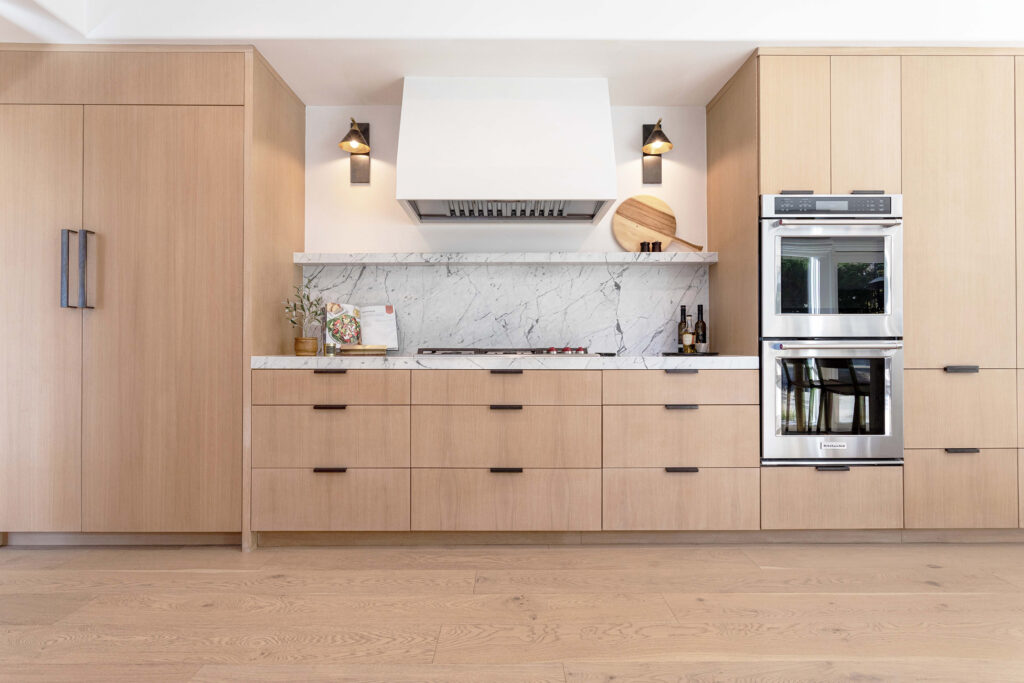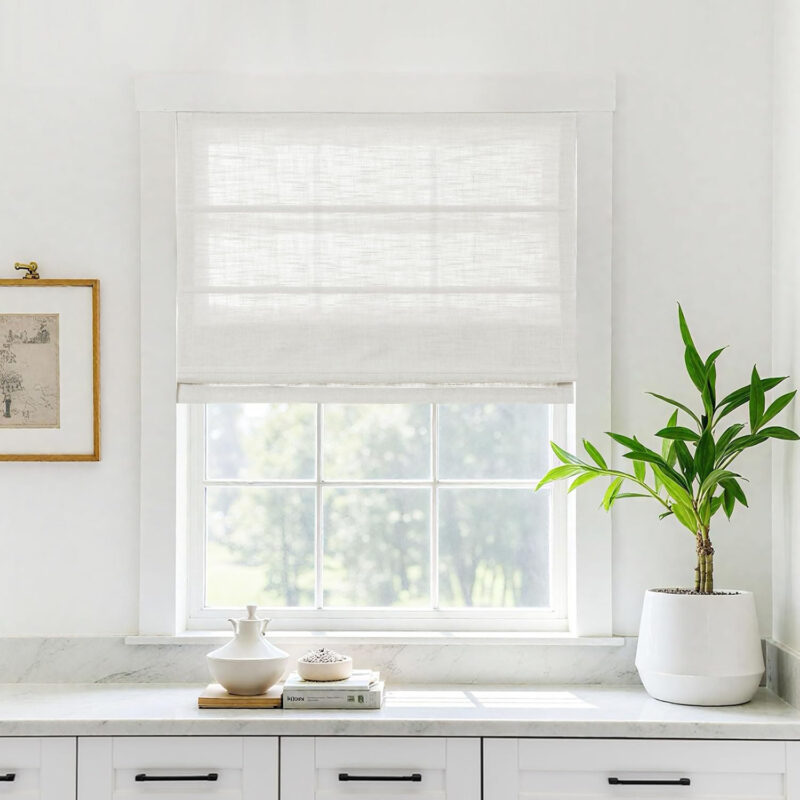It’s up for debate whether quiet luxury will continue its reign, but modern-minimalists continue leaning into the trend.
“If ‘quiet luxury’ were a person, she would be the woman who walks into a room and everyone turns to stare,” explains Kim Doherty, an interior designer and the founder of KADI Design in Newport Beach, California. “Not because she is flashy or loud, but because she looks completely effortless, refined, and composed. A quiet luxury space is expertly crafted and designed to let the architectural lines shine. The timeless elements work in concert to create an atmosphere that feels soothing, polished, and effortlessly chic.”
As Doherty shares, the design trend is all about the feeling you get when you walk into a home. I spoke with her and several other West Coast designers to discuss the practical steps you can take for a more quietly luxurious abode.
1. Prioritize Restraint Over Excess.
An elevated form of the concept “less is more,” quiet luxury centers around the practice of restraint—but it isn’t just about aesthetics. Taking this trend into your home has mental health benefits, too.
“Quiet luxury isn’t about status,” affirms Anita Yokota, a therapist-turned-designer and author of Home Therapy and the forthcoming book Grounded Living. “It’s about serenity and the emotional experience of calm that arises when your home supports your nervous system. It’s the confidence that comes from balance: natural materials, softened light, and restraint over excess. True luxury is how your environment makes you feel grounded, restored, and fully yourself.”
2. Start with Natural Materials
Courtesy of KADI Design
To create such a grounded space, the raw goods matter. Liad Schwartz of Interiors with Liad says, “Stained oak, patinated brass, and soft linens bring texture and warmth without ever feeling showy.”
If brass isn’t for you, Doherty suggested other “living finishes,” such as bronze or polished nickel, which she says gives the space a classic and established feel.
3. Work with a Subtle, Warm Color Palette

Courtesy of KADI Design
Reviewing all of these examples, you can start to paint a picture—and one Schwartz describes as a “subtle, warm color palette.” Doherty agrees, sharing that muted and earthy tones are best for paint, fabrics, and decor.
You can also make a quiet statement with your furniture profiles and textures, adds Stephanie Hunt, founder and creative director for The Flairhunter, an interior design firm based in Salt Lake City, Utah.
“Think: soft curves, rich mohair or a cashmere upholstered sofa,” she says. “If color, contrast, and pattern provide energy and dynamism, and can potentially be more of-the-moment and something you tire of, lean into a tonal palette, beiges, or even all dark finishes—but with a soft hand.”
Her favorites right now? A curved set of coffee tables with a Holly Hunt or Pucci furniture arrangement. “No one would necessarily know they’re sourced from luxury lines, but it’s sort of an ‘If you know, you know,’” she says.
4. Don’t Rely on Flashy (and Pricey) Labels.
The mention of “luxury” leads to assumptions that you need to break the bank to afford this trend. Fear not, says Drew Michael Scott of Lone Fox.
“It’s not always about spending a lot of money on every piece,” he shares. “Invest in quality items whenever possible, and when you do choose something inexpensive, look for pieces that are handmade, vintage, or one of a kind. Often, you can find a vintage chair for the same price as one from a big-box store, but it will be higher quality and more unique. You can’t really put a price on those one-off items, and no one will ever know if you got them for cheap!”
You can even find quiet luxury items on Amazon. Here are some top picks from Doherty, all of which are under $100:
5. Remember Sustainability Is Chic.
Do you know where your furniture and decor come from? Mega-retailers like Amazon are convenient, but our designers highly recommend seeking out brands that transparently share how their wood is sourced, whether metals have been recycled, and so on. Yokota reminds us that sustainability is good for both the planet and your unique space: “Choose sustainable, biophilic materials like stone, linen, clay, and reclaimed wood that feel authentic and age beautifully,” she advises. “Sustainability is sophistication. Responsibly sourced, long-lasting craftsmanship is the new definition of luxury.”
We only recommend things we love. If you buy something through our site, we might earn a commission.





